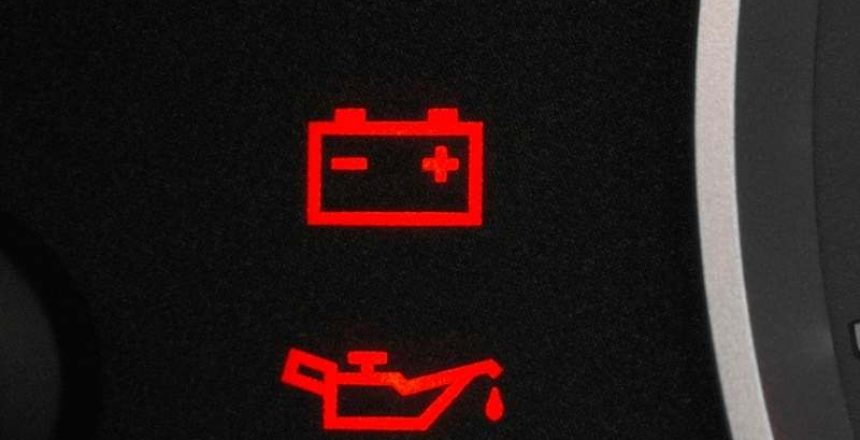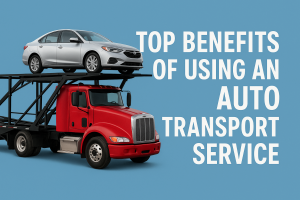The check engine light is a friend that’s often treated as the opposite. Here’s what it may be telling you.
Key Takeaways:
- Engine lights are the smart driver’s cue to take action
- A single issue could have a collective negative impact
- Problem codes can be used to isolate the trouble
- Using auto transport can prevent problems from getting worse
Active engine light is a common dashboard alert that’s not a concern if it goes back off quickly. The good news is that seeing this symbol sustained doesn’t necessarily indicate a serious problem, however, it always signals something important. Never ignore an engine light (especially when it’s blinking) and you’ll go a long way to lengthening your car’s lifespan.
Most vehicles today are equipped with onboard sensors and can generate problem codes to help identify issues. This guide will cover some of the most common reasons for an activated engine light, how the code reading works, and explain why auto transport services can help avoid further complications.
It could be a battery problem
A steady or blinking engine light could signal a struggling battery. Pay close attention to the engine light if you actually have to run the battery more than once. Likewise, if you’re running an engine that won’t tip over on the first try.
You may also notice sulfurous odors beneath the hood or visible swelling of the battery. Drivers who take many short trips rather than occasional longer ones are more likely to experience this issue. This is because their alternator doesn’t have time to charge the battery.
Check for air-based issues
Engines rely on well-maintained airflow. A struggling onboard oxygen sensor, vacuum system, or mass airflow monitor are all potential reasons for active engine light. Problems with oxygen sensors can lead to poor regulation and improper mixing of fuel and air in the cylinders, which can manifest as excessive fuel consumption, higher emissions, or excessive engine noise.
Elevated emissions combined with an engine light could also indicate deterioration in the vacuum system. Vacuum hoses can be weakened over time if they are used in harsh environments. Likewise, if they are fitted poorly. If your vacuum system needs repair, you may notice a decrease in acceleration and an increase in the foot force required to brake.
The amount of air entering an engine is measured by the mass airflow sensor. Problems here have several indicators beyond an engine light, including the engine cranking but not starting, altered automatic transmission shift patterns, and decreased gas mileage. Here’s a mechanic’s insider look at this issue.
Are you fitting the fuel cap firmly?
Many drivers forget to firmly replace their cap after leaving the gas station, which will cause the engine light to go on. Loose caps are an easy and inexpensive fix, but they are essential to maintaining an engine’s overall pressure and emissions. Tighten that cap (or replace a failing one, which may also cause that engine light) or you may experience idling problems, misfiring and stalling, and poor fuel economy.
Catalytic converter concerns
Airflow problems can have a negative knock-on effect for catalytic converters, however, they do run into problems of their own. Many of the problems above – sluggish acceleration, darker emissions, and decreased gas mileage can be found in tandem with active engine light, elevated undercarriage temperatures, and sulfurous odors.
Alternating between short and long drives while maintaining a regular oil change schedule are some good ways to care for catalytic converters, as are looking after the exhaust system and avoiding any road debris or speed bumps that may impact the exhaust casing.
Worn out wiring and spark plugs
These two engine light triggers only apply to older and non-diesel vehicles, respectively. Faulty spark plugs and wires can manifest as stuttering acceleration, a misfiring engine, and rough idling. They can also impact other components like the oxygen sensor and catalytic converter.
Engine lights and problem codes
Some models of cars store a diagnostic code when the engine light is activated. Some models have built-in diagnostic capabilities. These codes can be read using an electronic tool called an OB2 or OB-II Scanner, which can range from a $59 Bluetooth-enabled troubleshooter (or even cheaper) to more sensitive equipment costing thousands of dollars.
There are quite a few OB2 codes that may show up on your reader. Understanding them can take you straight to the root of what’s behind your check engine light. This generic code list gives a good overview of how an OB2 readout may look while reminding drivers that their specific vehicle model may have its own set of codes. Always check with the manufacturer if in doubt.
Unless you’re an auto repair pro yourself, an OB2 readout will only let you know what to show the mechanic. Code readouts can be time- and money-effective, but they are not always accurate. Make sure the scanner is good if you want good results. If the problem is something worse than a loose fuel cap, then the experts will recommend a solution.
This could mean that your car can’t handle much more road time without expensive repairs. That’s bad news if you’ve got to be somewhere on time that requires a long drive. This is where calling an auto broker can help.
How car shipping can ease auto stress
Working with an auto transport company gets your vehicle from A to B with a minimum of road contact. Customers may choose door-to-door or terminal-to-terminal pickup and delivery, each of which has its pros and cons with the former typically involving the customer’s car being driven less.
Since the point of hiring a carrier is to prevent further wear and tear on the vehicle, it may be best to opt for enclosed shipping if finances allow. Talking to an experienced auto broker can help you choose the best transport method for your situation. Thereby not making it worse.
Speak to the auto transportation professionals with any questions
Mercury Auto Transport is a full-service auto shipping broker specializing in connecting customers with trustworthy and reputable carriers nationwide, so you can be sure of a safer transportation process. Call us toll-free at 800-553-1828 or email info@mercuryautotransport.com for more information.






